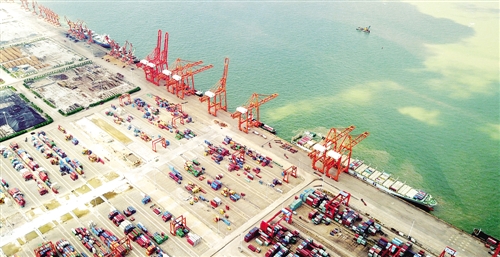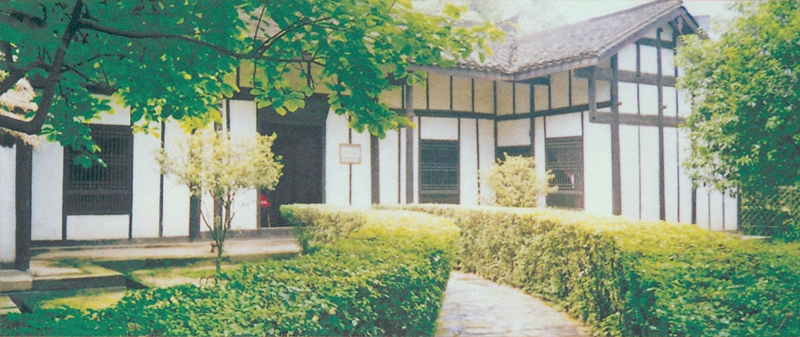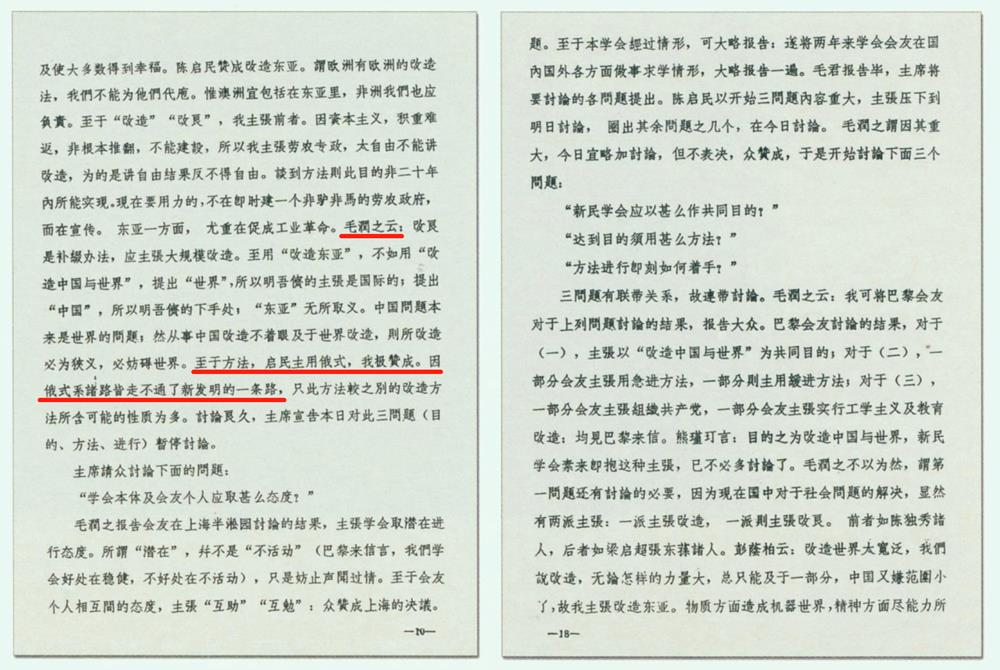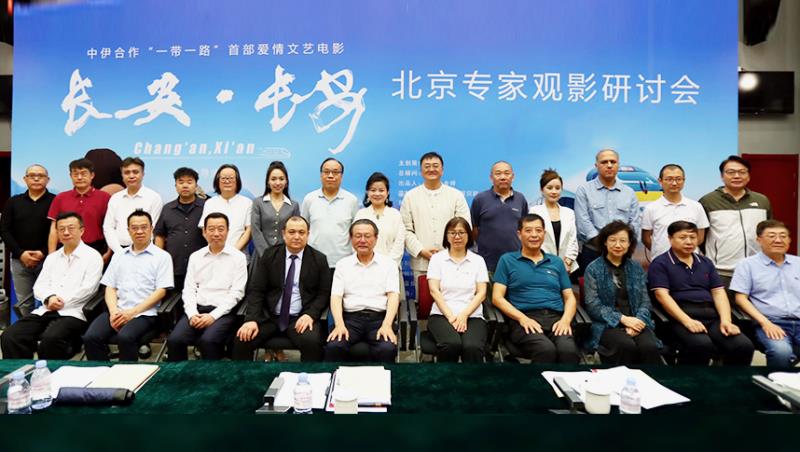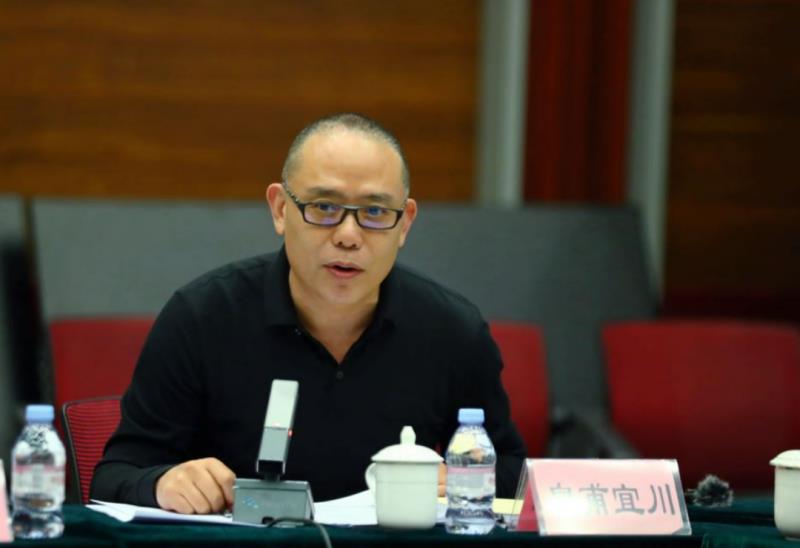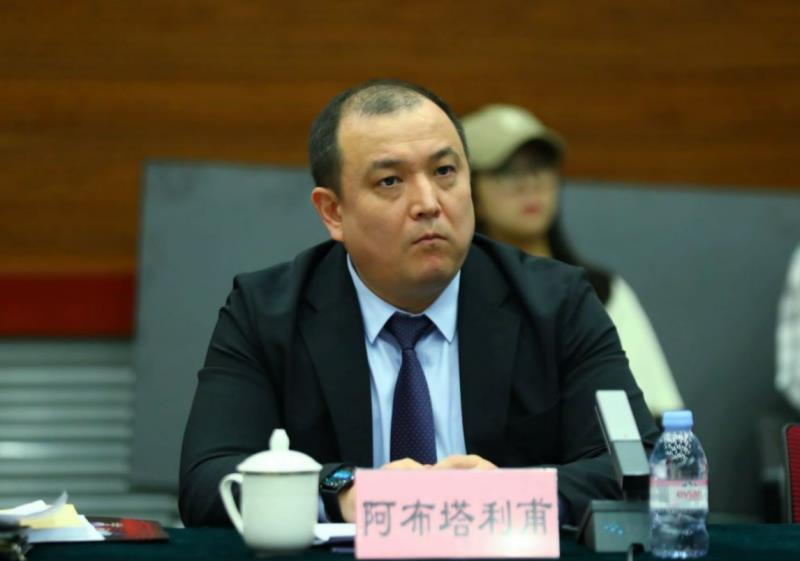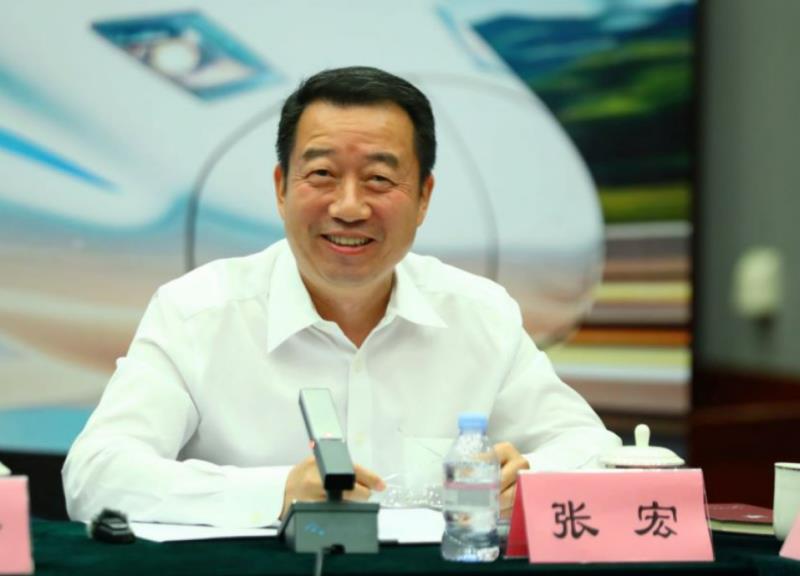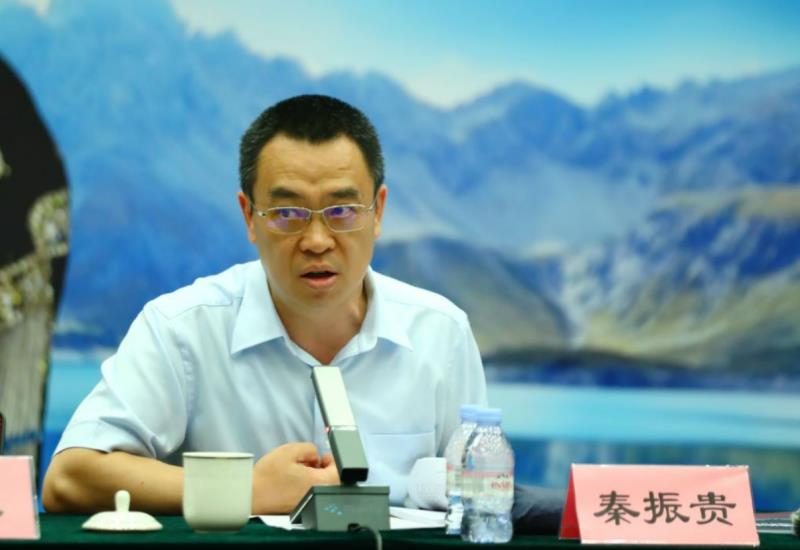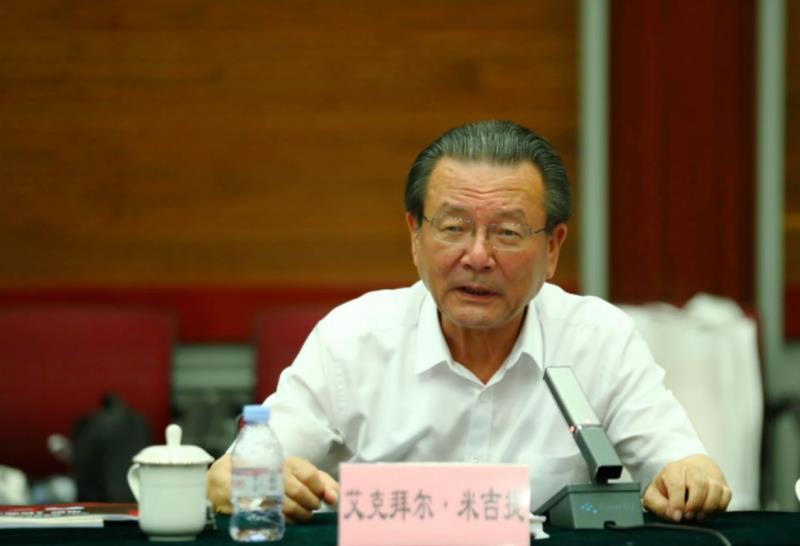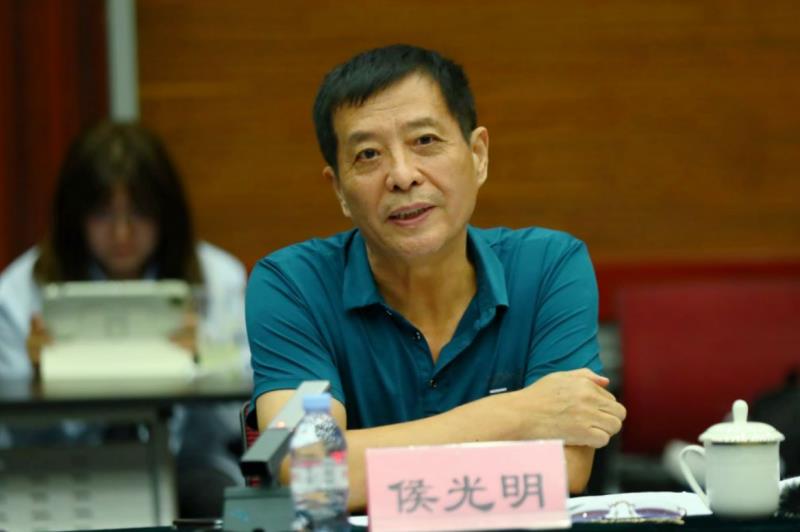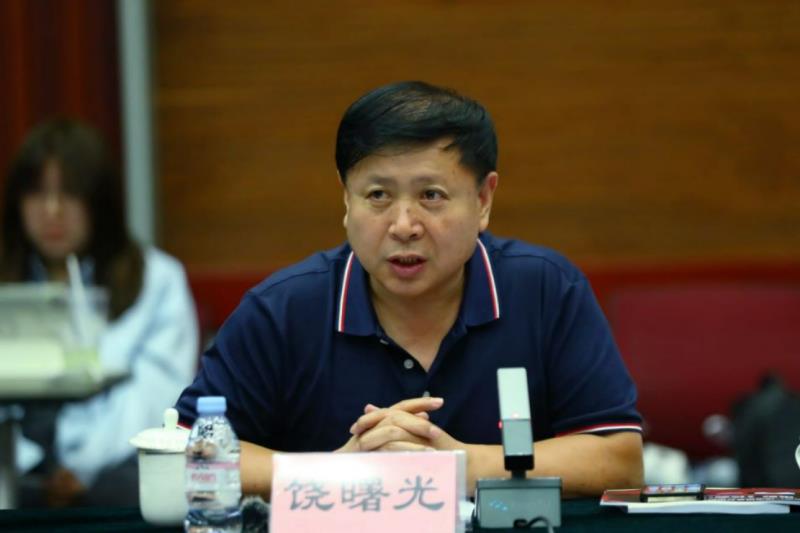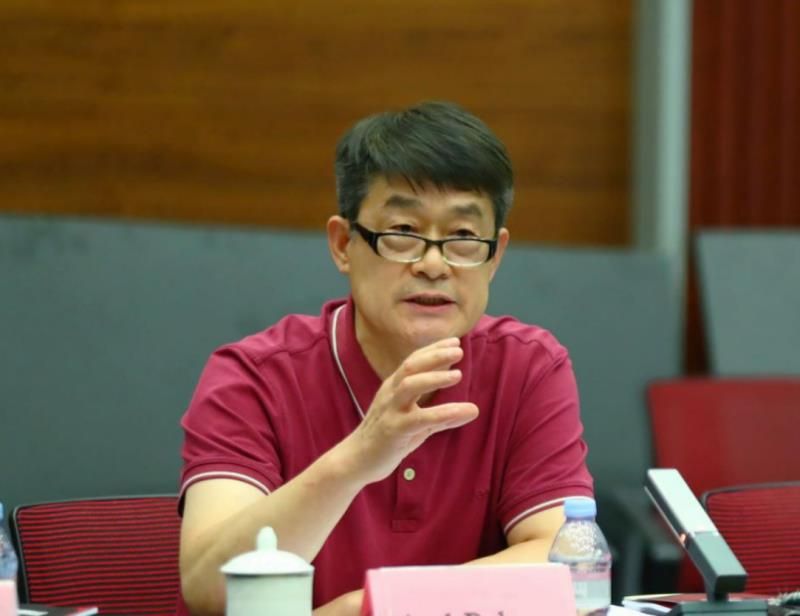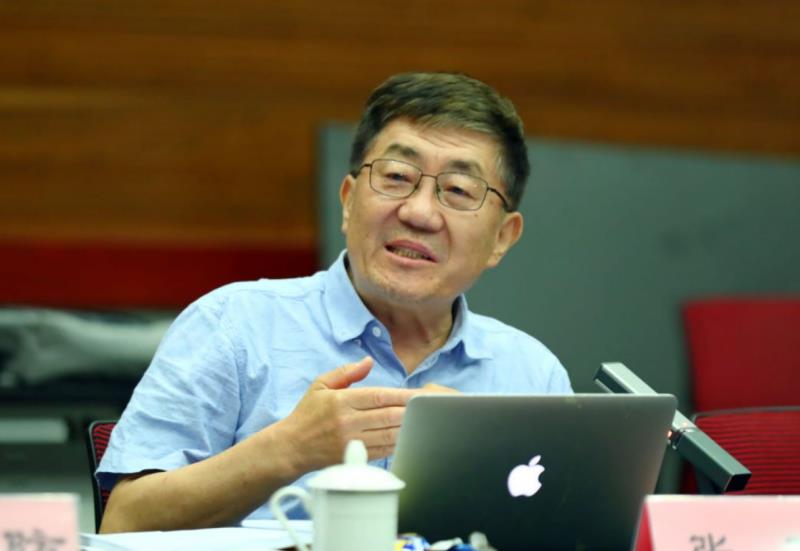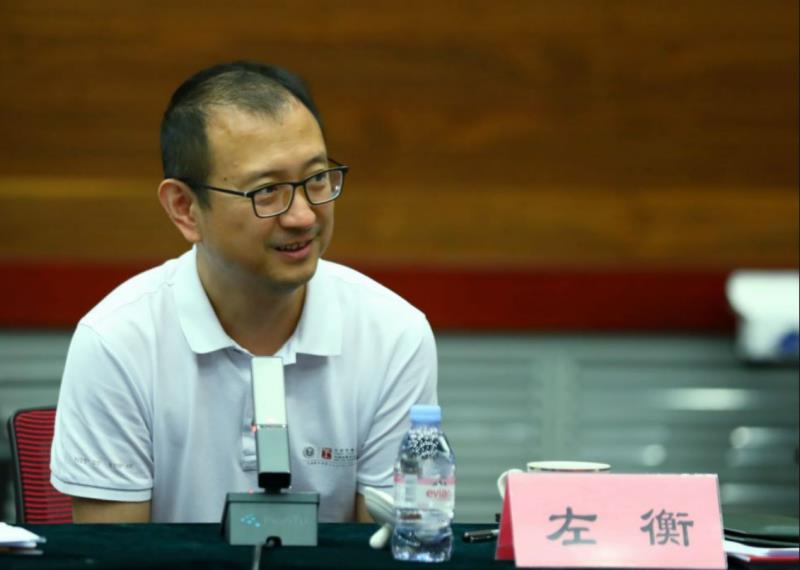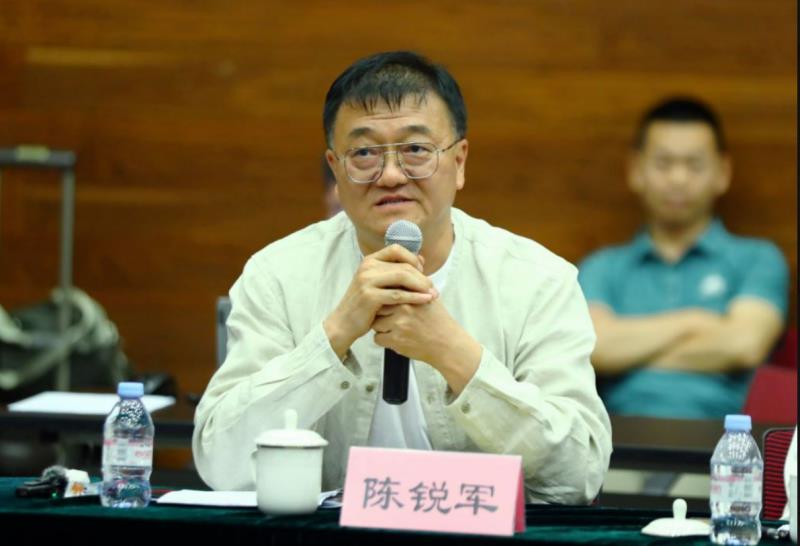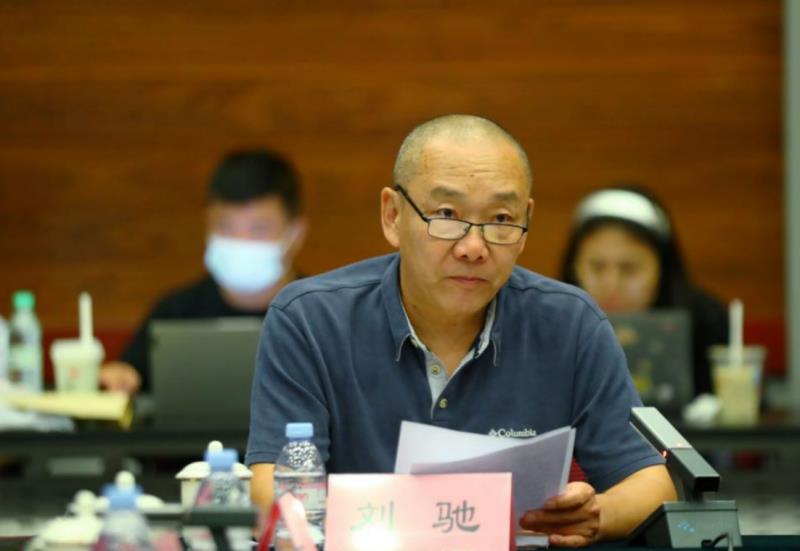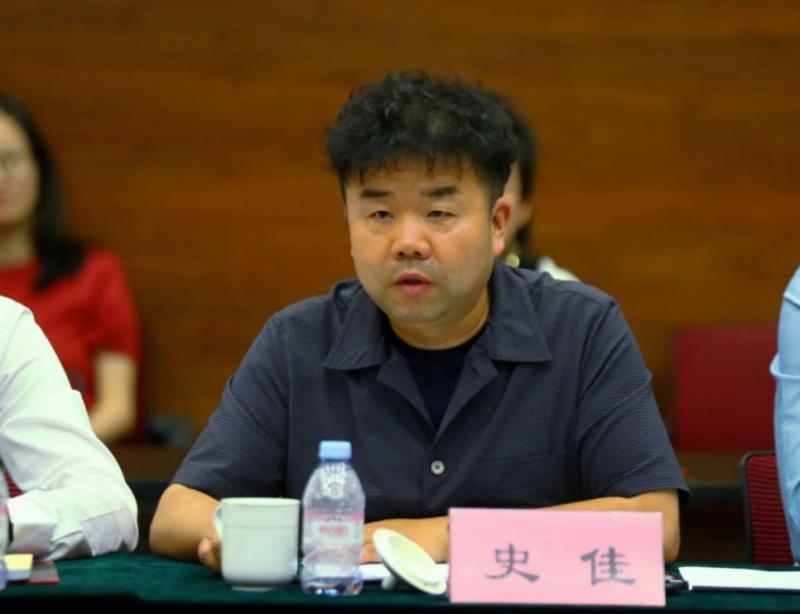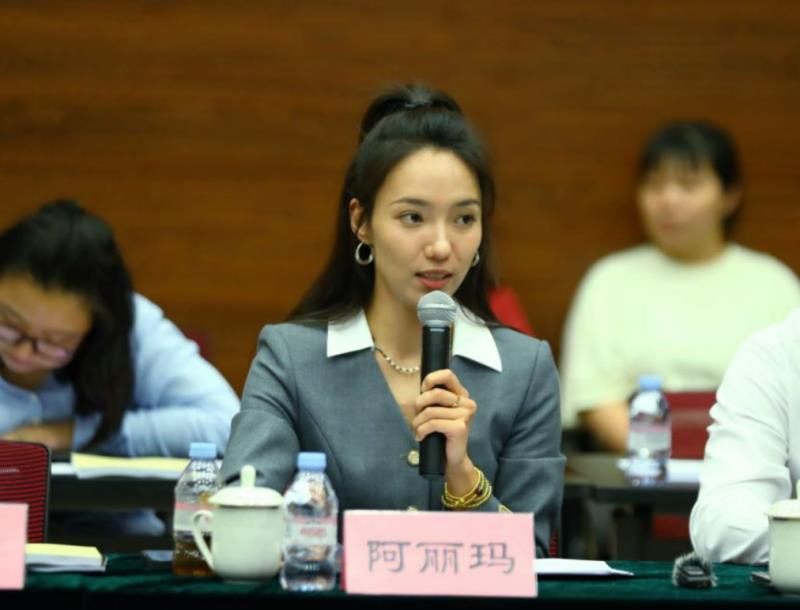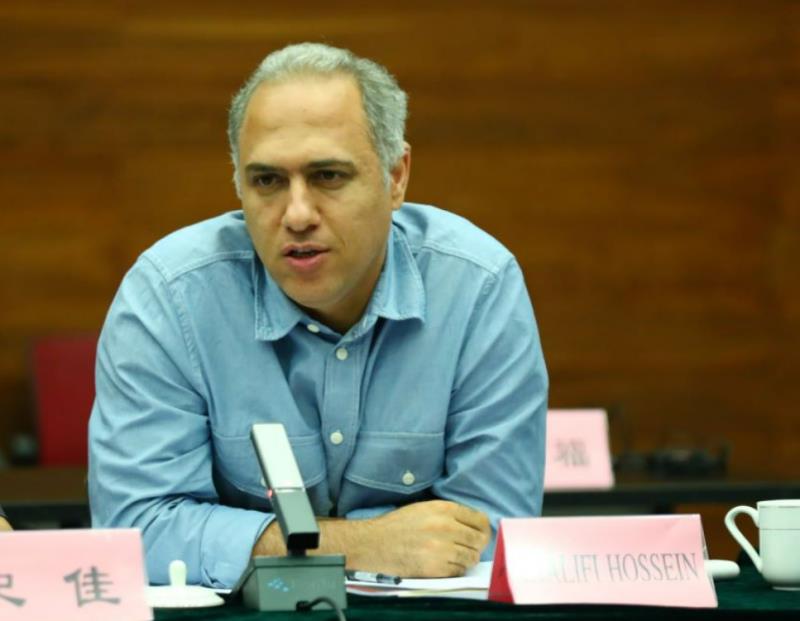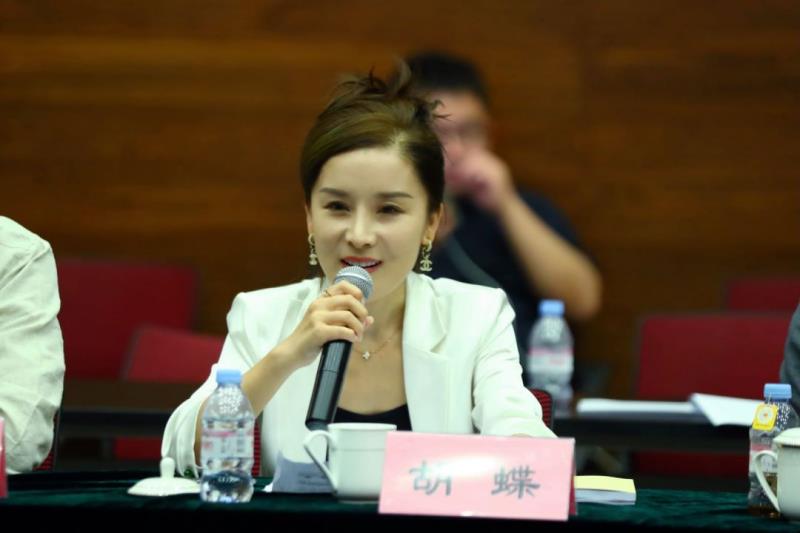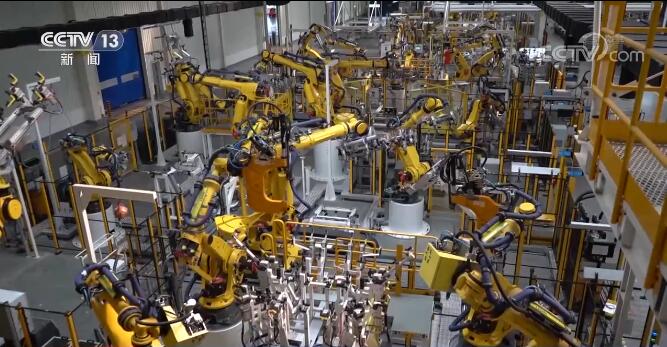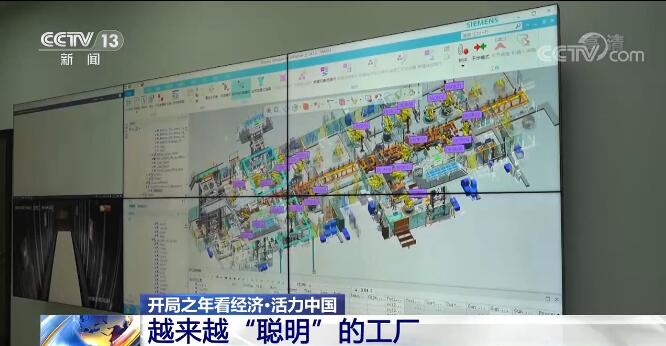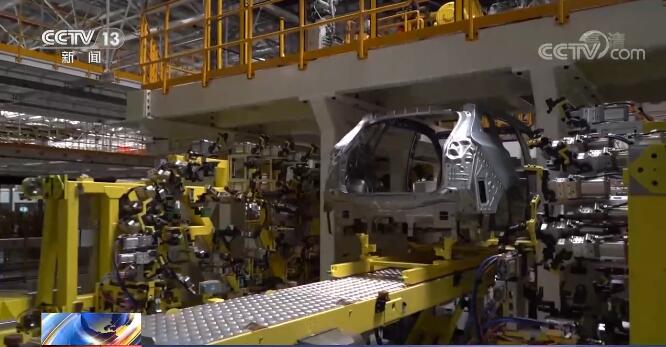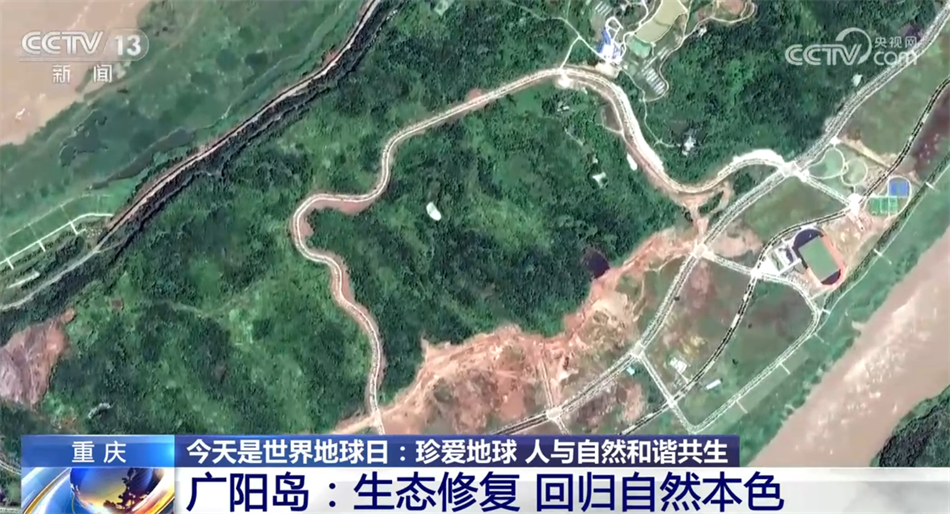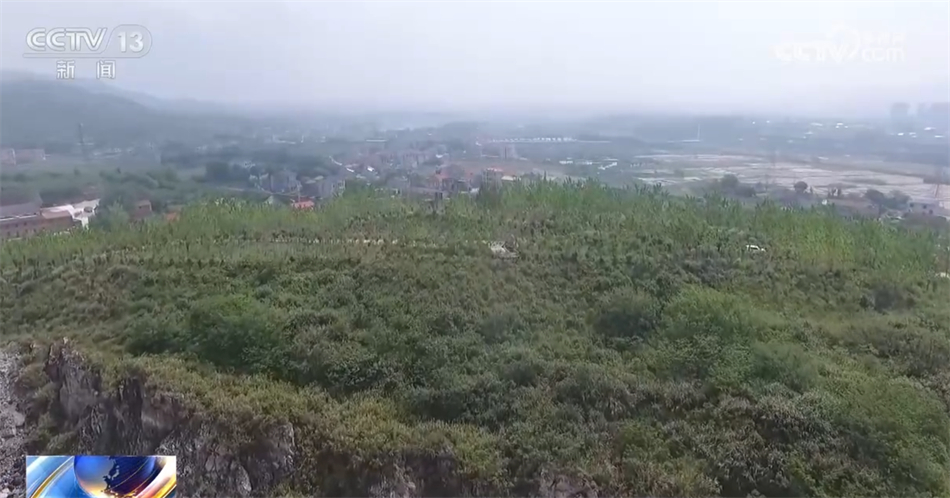Cctv newsAccording to the news released by Zhangjiakou, on October 9, 2022, 6 cases of asymptomatic infected persons in COVID-19 were newly added in the Economic Development Zone of Zhangjiakou City, all of which were detected at isolation points. Asymptomatic infected persons 1, 2, 3 and 4 are close contacts of asymptomatic infected person 3 announced on October 7. Asymptomatic infected persons 5 and 6 are close contacts of asymptomatic infected persons announced on October 6.
Asymptomatic infection 1:
October 3rd — On the 5th, I didn’t go out in Qujiazhuang Village.
On October 3, at around 10:00, I went to the bungalow from my own building to make lunch and have dinner with my husband. Return to the building home around 13:00.
On October 4, at around 11:00, I went from my own building to the bungalow to make lunch and have dinner with my husband and son. Go to the field to collect crops around 13:00; Return to the building home around 18:00.
On October 5, harvest crops in the field at 7:00; At 12:40, I went to Huangshan Bun Shop at the entrance of the village to buy steamed buns, and then returned to the bungalow to have dinner with my husband. Go to the field to collect crops around 14:00; 18:13 Go shopping in the supermarket opposite the village committee; Return to the building at 18:25.
On October 6, as asymptomatic infected persons, they were intensively isolated.
On October 9th, the nucleic acid test was positive at the centralized isolation point, and was transferred to the designated hospital by negative pressure ambulance, and was diagnosed as asymptomatic infected person in COVID-19.
Asymptomatic infection 2:
October 3rd — On the 5th, I went to my own barber shop with my wife at around 8:30 every day. At around 15:00, go to Qujiazhuang Village Committee to do nucleic acid and return to the barber shop; Go home after closing the shop at night. 19: 40 on the 4th & mdash; At 22:30, the goods were transported back and forth twice between Xujiazhuang Power Plant and Yuantong Mixing Station of Tongtai Courtyard in Xishan Industrial Zone, and returned home around 23:20.
On October 6, as asymptomatic infected persons, they were intensively isolated.
On October 9th, the nucleic acid test was positive at the centralized isolation point, and was transferred to the designated hospital by negative pressure ambulance, and was diagnosed as asymptomatic infected person in COVID-19.
Asymptomatic infection 3:
October 3rd — On the 5th, I didn’t go out in Qujiazhuang Village. Go to your own barber shop around 9:30 every day; Go to the village Committee to do nucleic acid around 15:00 and return to the store. Go to the supermarket in the village to buy food at 9:35 on the 3 rd; After closing the store at around 18:45 on the 4 th, visit the neighbor’s house; On the 5th, I went to the village vegetable shop to buy fruit around 16:20, and went to the village butcher shop to shop around 18:00.
On October 6, as asymptomatic infected persons, they were intensively isolated.
On October 9th, the nucleic acid test was positive at the centralized isolation point, and was transferred to the designated hospital by negative pressure ambulance, and was diagnosed as asymptomatic infected person in COVID-19.
Asymptomatic infection 4:
October 3rd — On the 5th, I didn’t go out in Qujiazhuang Village. Go to your own store around 9:00 every day; Go home around 11:30; Go to the village Committee to do nucleic acid and go home around 16:00. At around 13:00 on the 4th, I went to Store 3 of Asymptomatic Infected Persons to help me get a perm.
On October 6, as asymptomatic infected persons, they were intensively isolated.
On October 9th, the nucleic acid test was positive at the centralized isolation point, and was transferred to the designated hospital by negative pressure ambulance, and was diagnosed as asymptomatic infected person in COVID-19.
Asymptomatic infection 5:
On October 3rd, at 8:30, I went to the Fuqiang Road Store of Huatuo Pharmacy to buy Boat-fruited Sterculia and went home. Go to the East Campus of North University at 12:00 to do nucleic acid and go home.
On October 4, I didn’t go out at home in the morning; At 14:00, walk to the East Campus of North University to do nucleic acid and then go to the office; Go to the classroom at 14:40; At 16:20, I went to the university to get something from alcohol and tobacco and went home.
On October 5, as asymptomatic infected persons, they were intensively isolated.
On October 9th, the nucleic acid test was positive at the centralized isolation point, and was transferred to the designated hospital by negative pressure ambulance, and was diagnosed as asymptomatic infected person in COVID-19.
Asymptomatic infection 6:
On October 3, go to the teaching building at 6:50; Buy food in the canteen at 12:00; At 12:40, after picking up the courier, do nucleic acid on campus; Go to the teaching building for self-study at 14:40; Go to the canteen for dinner at 17:50; Go back to the dormitory to rest at 18:20.
On October 4 th, go to the canteen at 7:30 and then go to the teaching building for class; At 11:40, go to the canteen to buy food and go back to the dormitory to make nucleic acids on campus; Go to the teaching building for self-study at 14:50; Go to the canteen for dinner at 17:10; Go to the teaching building for self-study around 18:00; Go back to the dormitory to rest at 20:50.
On October 5, as asymptomatic infected persons, they were intensively isolated.
On October 9th, the nucleic acid test was positive at the centralized isolation point, and was transferred to the designated hospital by negative pressure ambulance, and was diagnosed as asymptomatic infected person in COVID-19.
Here, the residents are reminded not to panic, not to believe rumors, not to spread rumors, not to spread rumors, to continue to fulfill their personal responsibility for prevention and control, and to actively cooperate with the implementation of various epidemic prevention and control measures. Please take the initiative to report to the district epidemic prevention office if there are people with overlapping flights at the same time.
Zhangjiakou Economic Development Zone Response to novel coronavirus Epidemic Work Leading Team Office
October 9, 2022
The latest bulletin of Xuanhua District of Zhangjiakou City
The Travel Trajectory of 3 Cases with Positive Nucleic Acid Test in Isolation Point in Xuanhua District of Zhangjiakou City was announced.
On October 9, 2022, 3 cases of Covid-19 nucleic acid were detected in the isolation point of Xuanhua District, Zhangjiakou City. The action trajectory is now announced as follows:
Case 3 is the same unit as case 1.
On October 1st, collect nucleic acid at the nucleic acid collection point of Nandajie Pedestrian Street Stadium at 7: 00, go to the Golden Triangle Commercial Building of Nandajie Pedestrian Street at 8: 00 and return home at 13:00.
On October 2nd, at 12: 45, I went to the Golden Triangle Commercial Building of Nandajie Pedestrian Street, and at 18: 30, I went to the nucleic acid collection point of Nandajie Pedestrian Street Stadium to collect nucleic acid, and then I returned home.
At 7: 40 on October 3rd, the nucleic acid was collected at the nucleic acid detection point of Nandajie Pedestrian Street Stadium. At 8:00, the nucleic acid was collected at the Golden Triangle Commercial Building on Nandajie Pedestrian Street and returned home at 13:00.
On October 4th, at 12: 45, I went to the Golden Triangle Commercial Building in Nandajie Pedestrian Street, and at 18: 30, I went to the nucleic acid detection point of Wanzihui Community in Zhazishi Street to collect nucleic acid, and then I returned home.
At 8: 00 on October 5, go to the Golden Triangle Commercial Building on Nandajie Pedestrian Street, go to the supermarket (commercial building store) at 13: 00, and then return home. At 17: 00, I went to the community detection point of Wanzihui in Zhazishi Street to collect nucleic acid, and then returned home.
Case 4 is case 2′ s simultaneous empty close connection.
Arrive at KFC (Tongsheng Building Store) at 10:25, Hua Kai Vitality City at 11:20 and Houfu Street Market at 12:10 on October 1st.
On October 2, I arrived at Jiangnan Community in Jingxi at 15:40, arrived at Jiajiayue (Xicheng Store) at 17:20 and returned home at 18:50.
On October 3, I went to Chengpinjia Community at 15:20, Gangxin Community at 16:10, Jianguo Street Community at 17:20, and then returned home.
On October 4, I went to the district hospital to collect nucleic acid at 15:20, went to Jiajiayue (Dadongmen) at 16: 15 and returned home at 17:20.
On October 5th, we will go to Shengfa Vegetable Wholesale Market at 12:15, go to No.75 Lizeyuan in Gulou Qianjie at 15:00, go to Hongxing Erke (Nandajie Store) and Anta (Fucheng South Street Store) at 16:00, collect nucleic acids at Dongmadao nucleic acid detection point in Dongcaoshi Street at 17:30, and go to Yuxian Hotel in Huangchengqiao Road at 17: 50, at 20: 00.
On October 6, I went to Jindun Community at 15:30, went to Shanggu Modern City to raise a car at 16:00, collected nucleic acid at the stadium gate at 17:00, and returned home at 17:20.
Case 5: Case 4: Simultaneous Empty Close Connection
At 15:25 on October 3rd, nucleic acid was collected at the nucleic acid sampling point in Chengpinjia Community, Jianguo Street.
At 15:40 on October 4th, nucleic acid was collected at the nucleic acid sampling point in Chengpinjia Community, Jianguo Street.
At 16:30 on October 5th, I went to Europa Salon, No.75, Deshang, Lizeyuan Community, Qianjie, Gulou for a haircut. At 18:50, I went to the 5th floor next to Anta Store, 50 meters away from Liuzhongxi, and returned home at 21:30.
At 16:30 on October 6th, I went to the nucleic acid sampling point of Chengpinjia Community in Jianguo Street to collect nucleic acid, at 21:00, I went to the bottom business zero reasoning agency in No.2 Jingyuan No.3 Hospital and returned home at 23: 20.
At 15:30 on October 7, nucleic acid was collected at the nucleic acid sampling point in Chengpinjia Community, Jianguo Street.
At 15:35 on October 8, nucleic acid was collected at the nucleic acid sampling point of Chengpinjia Community in Jianguo Street.
Here, the residents are reminded not to panic, not to believe in rumors, not to spread rumors, to wear masks correctly, to do personal protection, and to take the initiative to carry out nucleic acid testing. Anyone who has an intersection of flights at the same time should take the initiative to report to the District Epidemic Prevention Office.
Advocate the public not to leave the publicity unless necessary. If it is really necessary to leave the publicity, they need to hold a 24-hour negative nucleic acid certificate and a certificate for collecting nucleic acid on the same day. In case of special circumstances, if there is no certificate of nucleic acid collection on the same day, you can leave after completing nucleic acid sampling at the traffic checkpoint, and report to the destination community. When you return to your place, you must obey the local epidemic prevention and control policy.
Xuanhua District Epidemic Prevention and Control Hotline:
0313-3238711、0313-3239652
0313-3239650、0313-3239619
0313-3239606、0313-3238703
Zhangjiakou Xuanhua District Response to novel coronavirus Epidemic Work Leading Team Office
October 9, 2022
Notice of Xuanhua District of Zhangjiakou City on Delineating High School Risk Areas
According to the current needs of epidemic prevention and control, in order to quickly and effectively block the epidemic chain and prevent the spread of the epidemic, according to the relevant provisions of the novel coronavirus Epidemic Prevention and Control Plan (Ninth Edition), the expert group decided to designate some areas of Xuanhua District as high school risk areas from 19: 00 on October 9, 2022.
I. High-risk areas (2)
The No.5 Courtyard of Guanyin Back Street and Chengpinjia Community of Jianguo Street in Xuanhua District were designated as high-risk areas, and the control measures of "staying at home and providing on-site services" were implemented.
II. Medium-risk areas (5)
Will Tiantai Temple Street (Pailou West Street Community, Dadong Street Community, Xicheng Community and Yiyuanjie Community) area, Nandajie Street (Lvzumiao Community, Wanzihui Community and Xicaoshi Community) area, Jianguo Street (Environmental Protection Community, Nanlu Community, Jianbei Community and Jianxuan Road Community) area, Huangcheng Street (Huangcheng Qiaobei Community, Houfu Community and Daxi Street Community)
The above areas and control requirements will be adjusted according to the changes in the epidemic situation.
Zhangjiakou Xuanhua District Response to novel coronavirus Epidemic Work Leading Team Office
October 9, 2022
